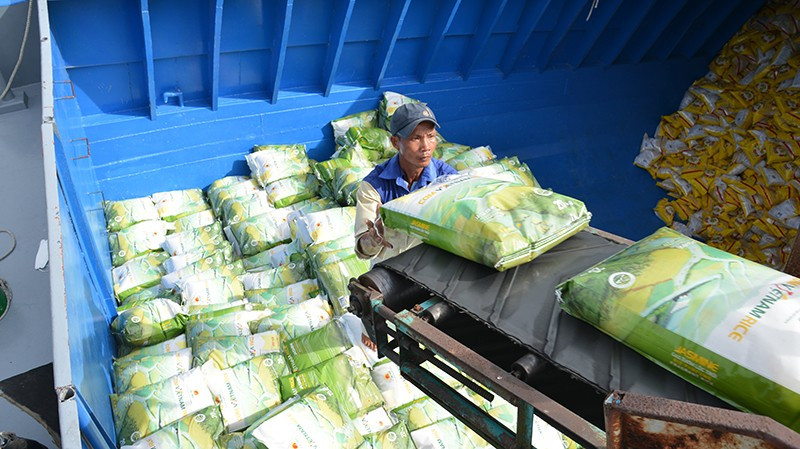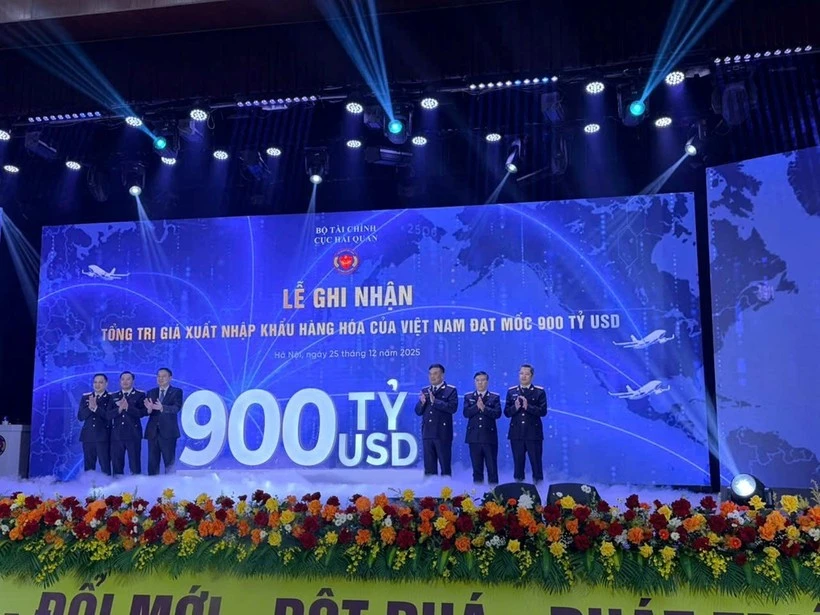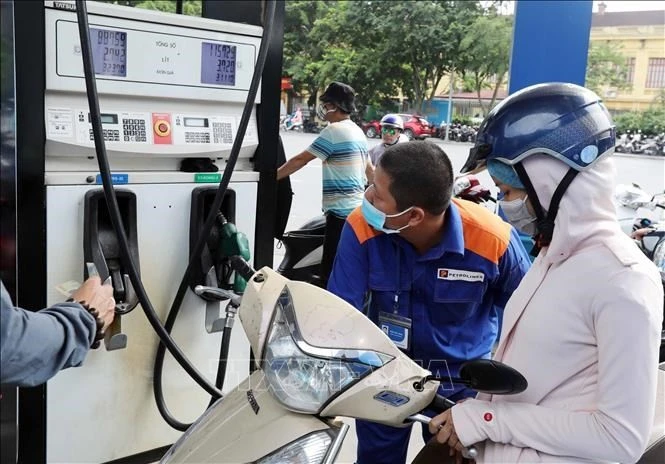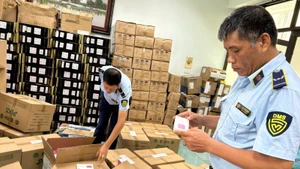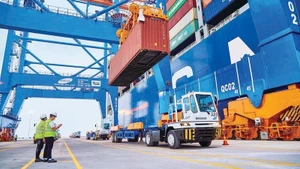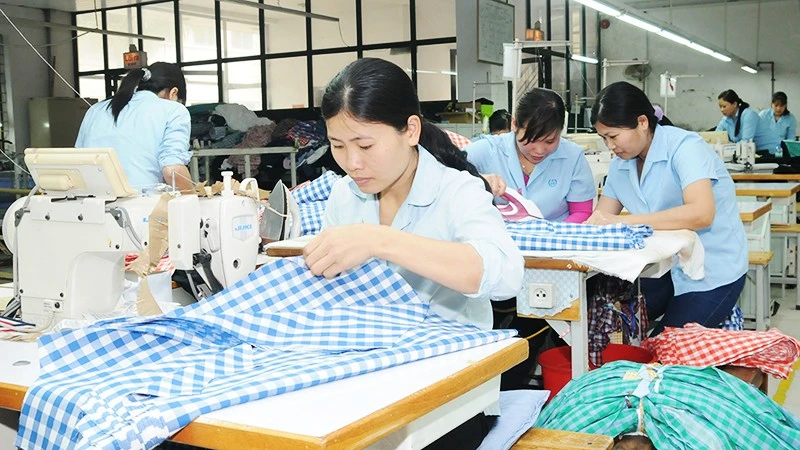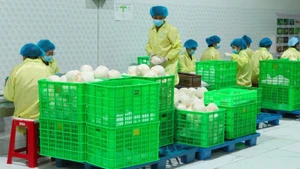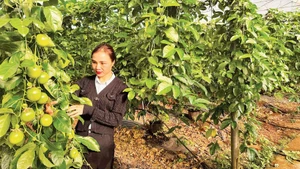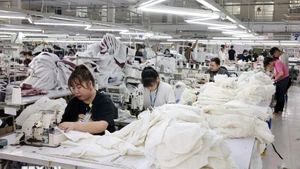The directive came following the complex developments of global food trade, as some countries banned and restricted rice exports, while others increased buying rice for their reserves. At the same time, the Black Sea grain deal expired and agricultural production was severely affected by extreme weather.
In recent days, rice export prices have climbed to new heights, with Vietnamese and Thai 5% broken rice surpassing 600 USD per tonne. In the first seven months of 2023, Vietnam exported 4.84 million tonnes of rice, worth 2.58 billion USD, up 29.6% from the same period last year.
It is forecast that the global demand for rice consumption and stockpiling rice will continue rising, leading to further changes in export prices in the time ahead. As such, functional agencies and localities need to work together to utilise export opportunities, increase incomes for farmers and profits for exporters, while ensuring strict national food security under all circumstances, avoiding illegal hoarding and profit-seeking activities, which could destabilise the market and affect the reputation of Vietnamese rice.
For domestic consumption, the Ministry of Agriculture and Rural Development (MARD) and the Ministry of Industry and Trade (MOIT) should calculate the appropriate rice reserve to prevent the shortage of rice in case of natural disasters and epidemics. According to the Department of Crop Production, this goal is attainable since Vietnam is expected to produce 43.2-43.3 million tonnes of rice in 2023. Such output will ensure national food security and the export goal of more than 7 million tonnes.
Furthermore, to stabilise the domestic rice market, traders need to strictly comply with maintaining the minimum circulation reserve level, actively monitor global rice trade developments and exchange information with the Vietnam Food Association to promptly report emerging issues to the relevant ministries and agencies.
For export, to capitalise on the opportunity to increase export volume and value in the new situation, the agricultural sector is planning to raise the rice cultivation area of the autumn-winter season from 650,000 hectares to 700,000 hectares to increase output. At the same time, the MARD is actively working on a project to develop one million hectares of high-quality rice in the Mekong Delta region to enhance the quality of exported rice.
Concerning rice trade promotion, the MOIT will collaborate with the relevant agencies to implement programmes to advertise Vietnamese rice following the new situation and tap into the preferences in the free trade agreements that Vietnam has signed effectively to diversify the export market.
